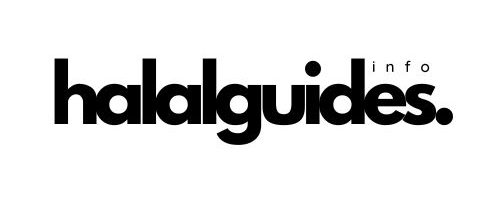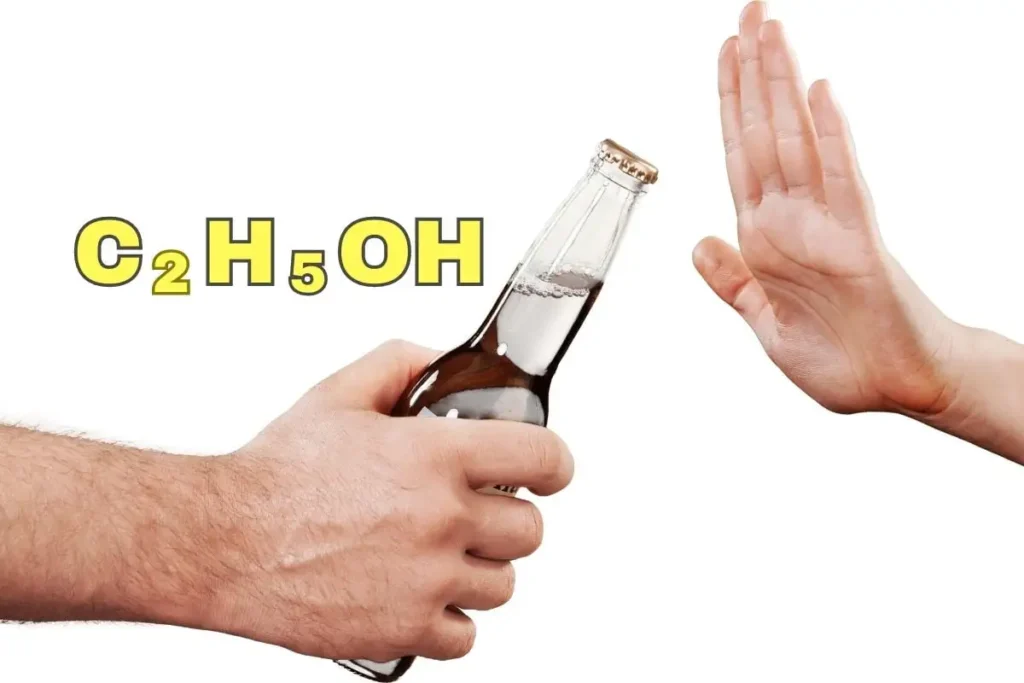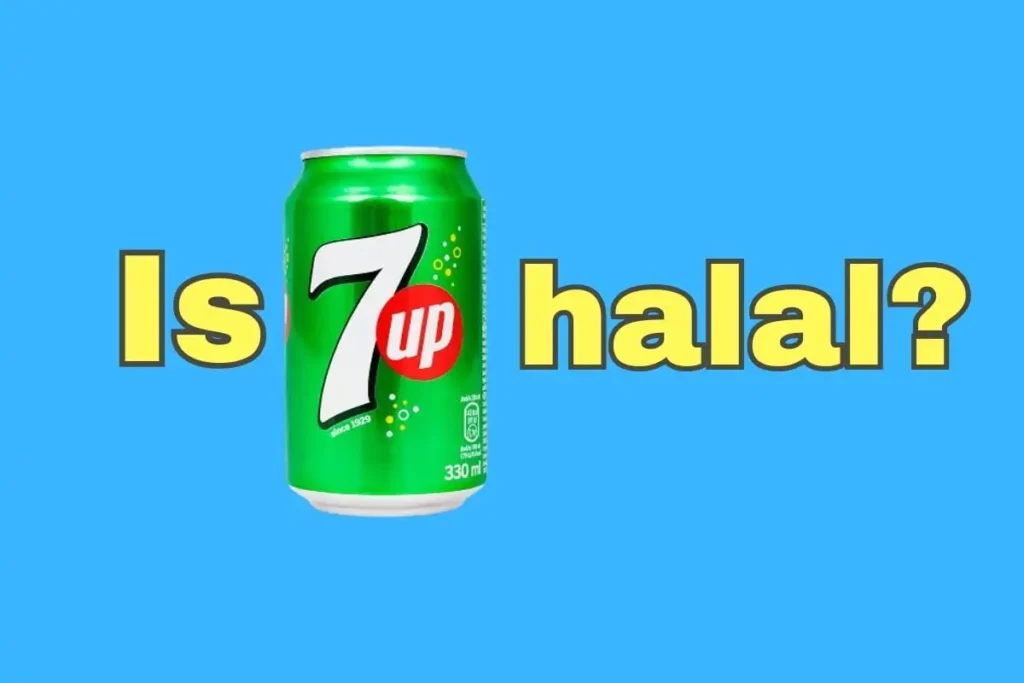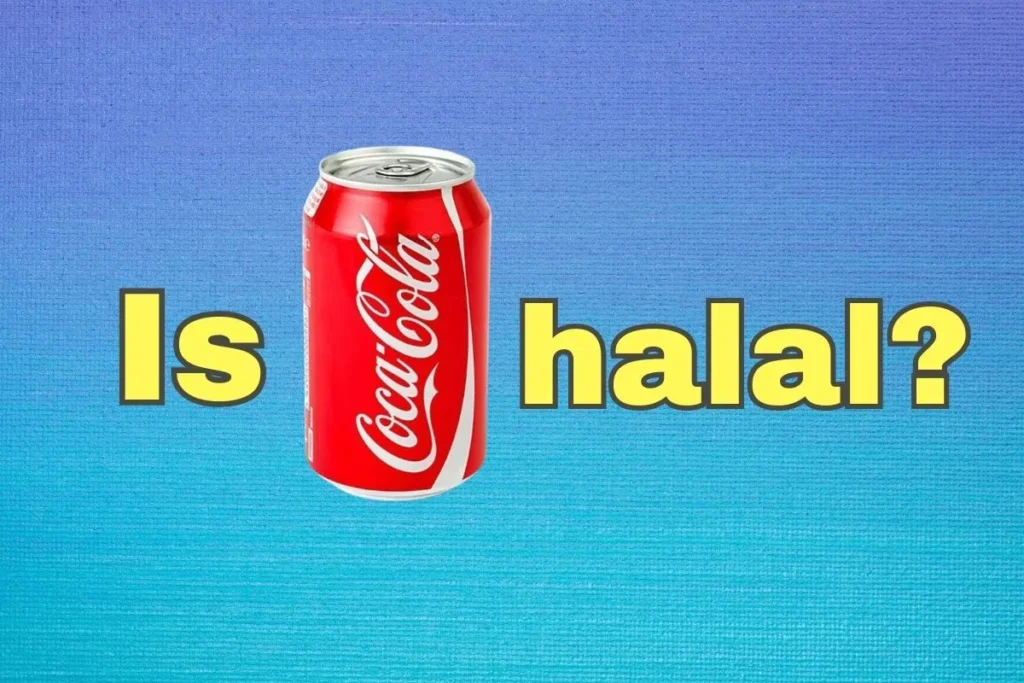Assalamualaikum, dear reader! If you’ve ever wondered about E1404 Oxidised Starch, its origins, and if it’s halal or not, you’ve come to the right place. Let’s dive deep into the world of this intriguing food additive.
Key Takeaways
| 📌 E1404 Oxidised Starch is a modified starch used in the food industry, created by altering the chemical structure of native starch through oxidation. |
| 📌 E1404 is considered Halal if it’s processed without forbidden substances. |
| 📌 Recommended daily intake varies, but it’s generally safe to consume up to 50 mg/kg of body weight per day. |
What Is E1404?
E1404, commonly known as Oxidised Starch, is a modified starch. But what does that mean? Modified starches are derived from native starches, which undergo treatments to change their physical or chemical properties.
The result? A starch that offers unique functionalities not found in its native counterpart. Oxidized Starch, in particular, is treated with oxidizing agents, enhancing its properties and making it suitable for various applications in the food industry.
Chemical Structure
Diving a bit into the science, the chemical structure of oxidized starch is altered due to the introduction of carboxyl groups. These groups replace some of the hydroxyl groups present in the native starch molecule.
Why is this important? Well, this modification affects the solubility, viscosity, and gel strength of the starch, making it a versatile ingredient in food formulations.
What Is E1404 Made From?
You might be wondering, where does E1404 come from? The primary sources of E1404 are corn, wheat, potato, and rice.
These crops undergo a series of processes, including washing, grinding, and drying, before being treated with oxidizing agents like hydrogen peroxide or sodium hypochlorite. The result is a fine, white to off-white powder that’s ready to be used in various food products.
Possible Side Effects
Like any other food additive, we should be aware of the potential side effects. While E1404 is generally considered safe, some individuals might experience digestive disturbances when consuming large amounts.
Symptoms can include bloating, gas, and stomach cramps. However, these side effects are relatively rare and typically occur when consumed in excessive amounts.
Dosage and Administration
Different countries have their own regulations and guidelines regarding the use of E1404. In the European Union, for instance, E1404 is approved for use in various food products, with specific limits set for its application.
The FDA also recognizes oxidized starch as safe for consumption. However, it’s always a good idea to check the regulations in your country or region to ensure compliance.
So, how much E1404 is safe to consume? The acceptable daily intake (ADI) varies depending on the individual and the specific food product.
However, as a general guideline, it’s recommended to consume no more than 50 mg/kg of body weight per day. Always consult with a nutritionist or healthcare professional if you’re unsure about the right dosage for you.
Is E1404 Halal or Haram?
A common question among Muslim consumers is whether E1404 is Halal (permissible) or Haram (forbidden). The answer largely depends on the source of the starch. E1404 is considered Halal as long as it is processed without the use of Haram substances.
Find out more:
Is E140 Halal or Haram?
Is E141 Halal or Haram?
Final Words
In conclusion, E1404 Oxidised Starch is a modified starch with versatile applications in the food industry. Its chemical structure is altered through oxidation.
While E1404 is generally safe for consumption, it’s essential to be mindful of excessive intake, which may lead to mild digestive issues. For our Muslim readers, E1404 is considered Halal as long as it’s sourced and processed in accordance with Islamic dietary guidelines.
Allahu A’lam (Allah Knows Best)
FAQ
What is the source of E1404?
E1404 is primarily derived from crops like corn, wheat, potato, and rice.
Is E1404 safe for consumption?
Yes, E1404 is generally considered safe for consumption. However, like any additive, it’s essential to consume it within recommended limits.
What are some common food products that contain E1404?
E1404 is commonly found in sauces, soups, confectionery, and baked goods, among other products.
What is the CAS number of E1404?
The CAS (Chemical Abstracts Service) number for oxidized starch is 65996-62-5.
Is E1404 banned in any country?
While E1404 is approved for use in many countries, including the EU and the US, regulations can vary. Always check local guidelines to ensure compliance.
- Is Pop Tarts Halal? What You Need to Know - February 18, 2024
- Are Graham Crackers Halal in Islam? - January 19, 2024
- Is Keebler Wheatables Halal? - January 18, 2024





